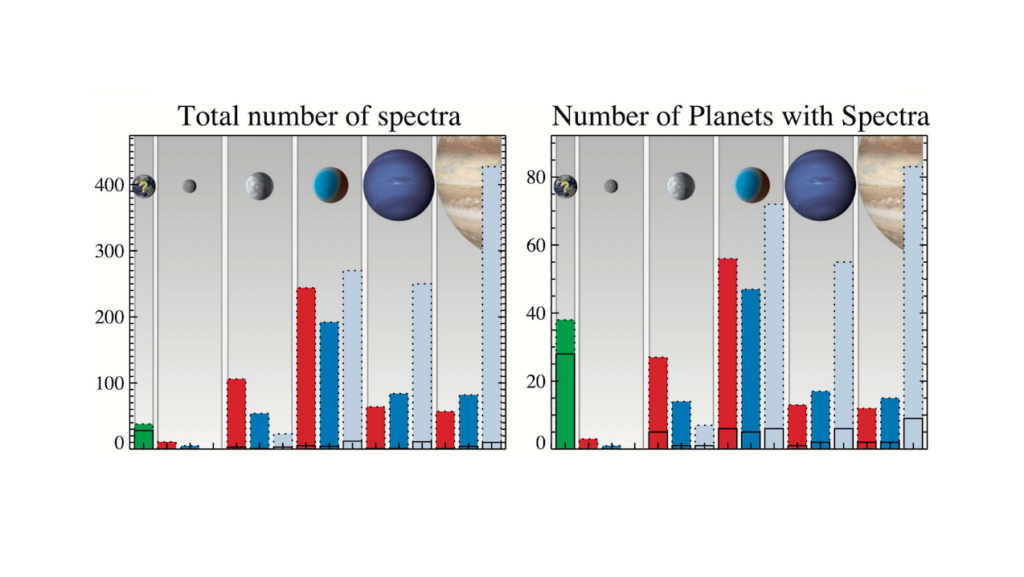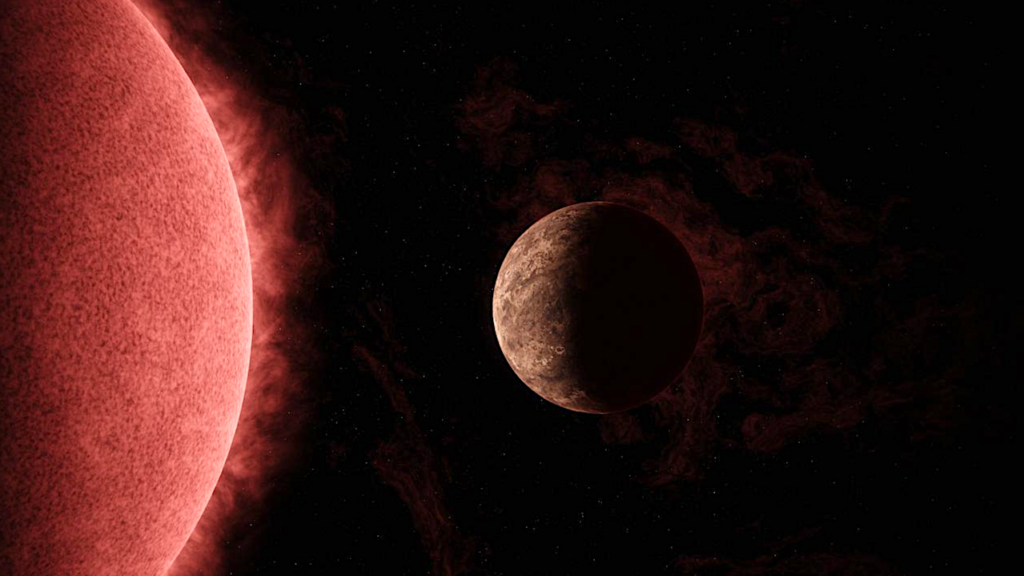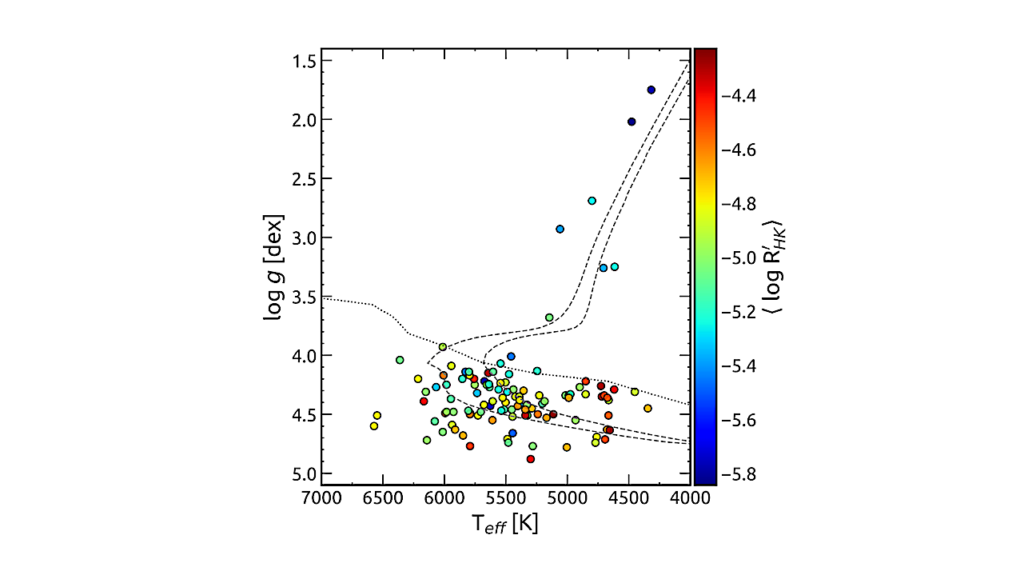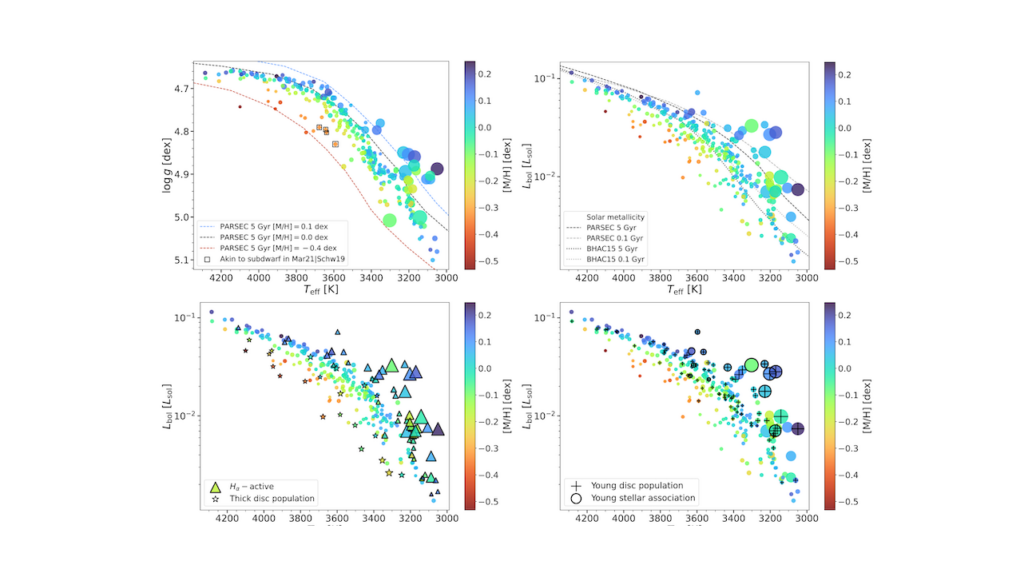Astronomers Discover A New Earth-sized World Orbiting Ultra-cool Star SPECULOOS-3
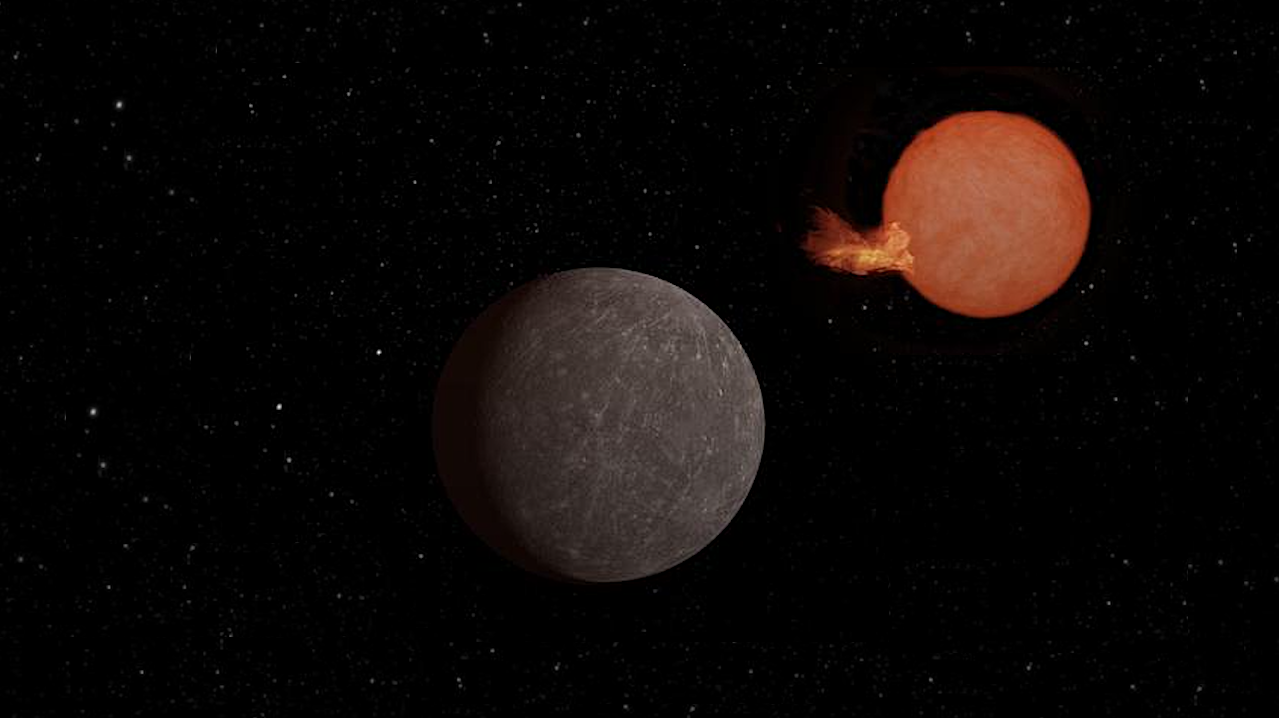
A new, Earth-sized planet orbiting an ultra-cool red dwarf star, has been detected by an international team of astronomers – just 55 light years away.
The planet is only the second of its kind to be discovered around this type of star. Called SPECULOOS-3 b, it takes around 17 hours to complete an orbit of the star which is more than twice as cold as our sun, as well as ten times less massive and a hundred times less luminous.
Days and nights on SPECULOOS-3 b seem to be endless: the planet is likely to be tidally locked, so the same side – the ‘dayside’ – always faces the star in a relationship similar to our moon and Earth.
The discovery, published today (15 May 2024) in Nature Astronomy, was made by the SPECULOOS project, which is led by the University of Liège, in Belgium, in collaboration with the Universities of Birmingham, Cambridge, Bern, and the Massachusetts Institute of Technology. SPECULOOS (Search for Planets EClipsing ULtra-cOOl Stars) was established to search for exoplanets orbiting ultra-cool dwarf stars using a network of robotic telescopes based around the world.
Ultra-cool dwarf stars are extremely common, making up around 70% of the stars in the Milky Way. But they are also very faint and scattered across the sky, so scientists have to observe data from telescopes over several weeks, monitoring each star individually to detect transiting planets.
“We designed SPECULOOS specifically to observe nearby ultracool dwarf stars in search of rocky planets that lend themselves well to detailed studies,” says Michaël Gillon, astronomer at the University of Liège and lead author on the paper. “In 2017, our SPECULOOS prototype using the TRAPPIST telescope discovered the famous TRAPPIST-1 system made up of seven Earth-sized planets, several of them potentially habitable. This was an excellent start!”
Whilst most observations of this discovery were made by SPECULOOS telescopes in the Northern Hemisphere, the University of Birmingham researchers contributed some observations taken at the SPECULOOS South Observatory, located in the Atacama Desert in Chile.
Amaury Triaud, Professor of Exoplanetology at the University of Birmingham said: “The discovery of SPECULOOS-3 shows our worldwide network functions well and is ready to detect yet more rocky worlds orbiting very low mass stars While ultra-cool dwarf stars are cooler and smaller than our sun, their lifespan is over a hundred times longer – around 100 billion years – and they are expected to be the last stars still shining in the Universe.”
This long life span, scientists believe, could offer opportunities for life on orbiting planets to develop.
Whilst most astronomical data is automatically analysed and planetary candidates are often first detected by algorithms before being reviewed by humans, in this case, this did not happen. Members of the SPECULOOS team had taken the habit to quickly glance at the nightly data when they became available, and Dr Georgina Dransfield, a former PhD student at the University of Birmingham and a current postdoctoral researcher in Birmingham noticed the planetary signal and alerted the whole collaboration.
She said: “The small size of ultra-cool dwarfs makes it easier to detect small planets. SPECULOOS-3b is special in that its stellar and planetary properties make it an optimal target for JWST, which is capable to get information about the composition of the rocks that make its surface.”
Next steps for the project could include follow-up observations by the James Webb Space Telescope, which would deliver important insights into the planet’s surface mineralogy, and the potential for an atmosphere.
Detection of an Earth-sized exoplanet orbiting the nearby ultracool dwarf star SPECULOOS-3, Nature Astronomy
Astrobiology


